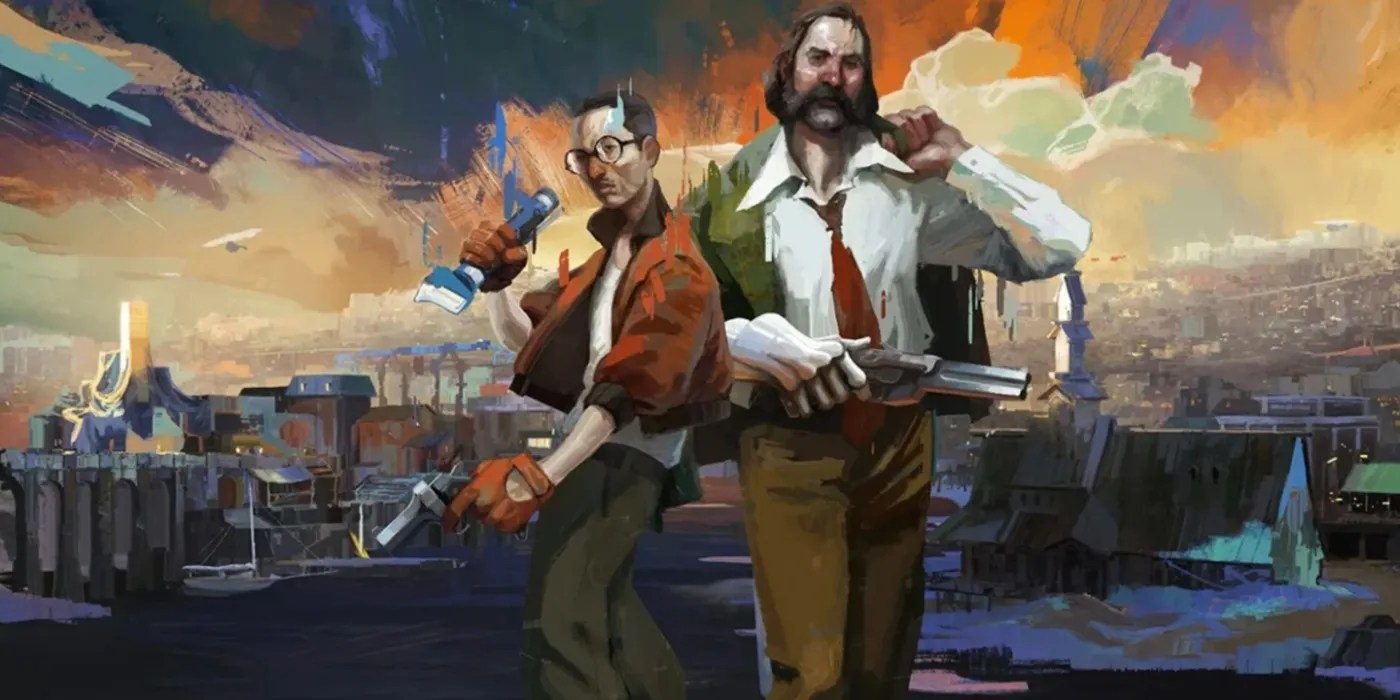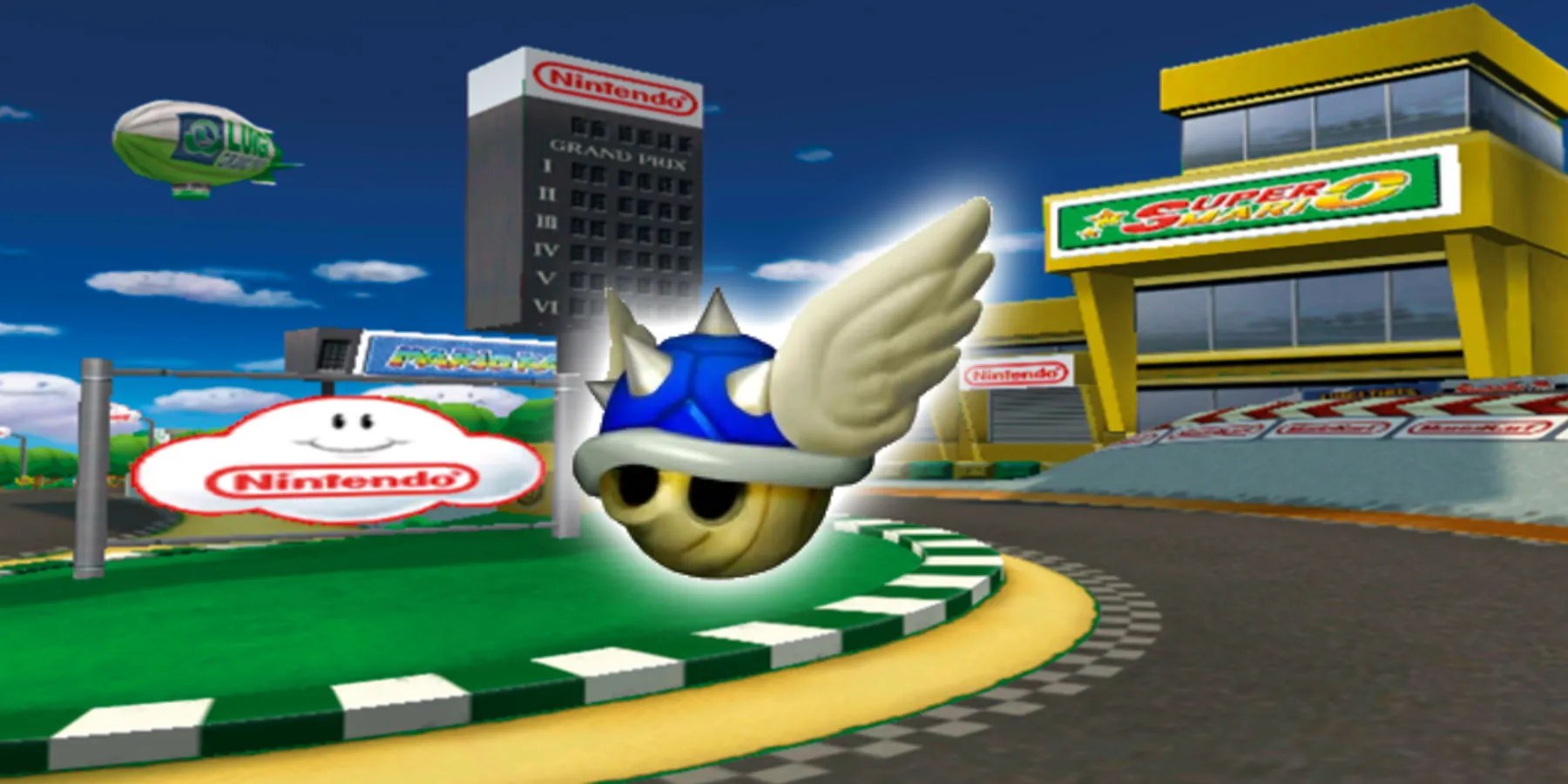Game Over. You Are Dead. Wasted… Gamers have become used tothese words flashing up on their screens. That’s because failing is an important part of gaming; after all, if victory is guaranteed, then it robs players of the memorable moments that make gaming such a great hobby. While games likeDark Soulspunish players for failing by denying either rewards or progress, some games do the opposite.
Although they may be a minority, there are more games out there that reward failure than many gamers realize. These types of games reward players’ failure by offering ways to make the game easier, showing unique outcomes, or even driving the story forward.

There are thousands ofBaldur’s Gate 3players out there who can’t stop save-scumming. They know precisely the outcome they want, and they’re more than happy to reload whenever they fail a dice roll. However, failure isn’t always a bad thing inBaldur’s Gate 3, and these players might enjoy the game even more if they were to just trust in the dice.
With so many combinations and outcomes in the game, players are unlikely to find everything in one, or even several, runs. Sometimes a failed dice roll can lead to outcomes and sequences that impact the story in unexpected ways. For example, players whose choices result inKagha killing Arabellawill see her parents have their revenge later on in the story. Trusting in the dice is the most immersive way to play the game, and embracing the possibility of failure can sometimes reward players with more interesting narrative beats.

Newcomers to Square Enix’s flagship franchise might assumeKingdom Heartsis a game for kids with all the Disney characters running about. However, that’s far from the case, with an increasingly complex plot and some very challenging combat sequences. It’s very likely players will die at some point during the course ofKingdom Hearts 2, and if they do, they’ll be treated to an exciting surprise.
If Sora diesduring certain fights, players might be given a choice: “I won’t give up!” or “It’s all over…” If players choose “I won’t give up!” then King Mickey himself will jump in and fight in Sora’s place. Players continue the battle as Mickey, filling the Drive gauge enough to use Healing Light to save Sora and finish the battle. This is the only time players are given the opportunity to play as Mickey Mouse and is only available when they fail at certain moments in the game.

When Solid Snake is captured and tortured byRevolver Ocelot, it’s up to players to determine how the story ends. If the player mashes the buttons correctly and gets through the torture, then they unlock the ending in which Snake’s companion Meryl Silverburgh lives, rewarding them with a bandanna that gives Snake unlimited ammo for the next run. However, failing the torture scene gives players an even better reward.
If players have Snake give in to the torture, then Meryl will be killed. However, that also means they will end the game by escaping with Octacon who gives Snake his stealth optical camouflage unit, an item that makes Snake practically invisible in the next playthrough. SinceMetal Gear Solidis a game all about stealth rather than action, this reward is infinitely more useful than Meryl’s bandana.

As is typical with roguelites, thismetroidvania action platformerhas a brutally punishing death mechanic that robs the player of nearly everything when they die. Although at first glance, this seems to punish failure rather than reward it,Dead Cellsoffers players permanent upgrades at specific moments during a run that can change their game completely.
It’s unlikely that a player will succeed in their first several runs, but if they spend their cells wisely when they come across the Collector in between biomes, they’ll obtain crucial permanent upgrades that will improve their next run. When combined with several biomes, different pathways, and procedurally-generated levels, permanent upgrades ensure that whenever a player fails, their next run will likely be a completely different experience, keeping the game consistently fresh and exciting.

Supermassive Games’ seminal horror gameUntil Dawntook inspiration from horror films likeEvil Dead 2andFriday the 13th, putting thefate of their characters in the players’ hands. Through a combination of quick-time events and choices, players are tasked with helping a group of characters survive the Wendigos that are stalking them.
Although most players will instinctively aim to keep as many characters alive for as long as possible, the game rewards players who fail and let them die instead. In fact, failing to keep them all alive is essential for trophy hunters and completionists hoping to see all character deaths and the various possible endings. Some trophies even reward players who fail to keep characters alive, such as “This Is THE End,” awarded to players who get to the end of the game without any survivors.

Although slightly forgotten these days,Alundrais a cult classic from the PlayStation era of the 1990s. Gamers play as Alundra, a man who finds himself shipwrecked on an island where the locals suffer from nightmares so severe they can lead to death. Alundra uses his ability to enter dreams to fight the nightmares and cure the island’s curse. Alundra offers an engaging story and some head-scratching puzzles, as well as a blend of action, adventure, and RPG elements.
The problem is thatAlundracan be quite challenging to some players, and many find themselves dying frequently throughout the game. However, this isn’t a bad thing and is the only way to unlock the game’s strongest weapon. If players have died at least 16 times by the time they obtain the Power Glove, King Snow’s statue will gift Alundra the Legendary Sword. However, this is only rewarded to players who fail and die frequently; players who have not died enough will be refused the sword.

Most gamers who playSuper Smash Bros.do so with a group of friends. But althoughit’s an easy game to pick up, it’s challenging to master, and players who aren’t as experienced as some of their friends might find it a little too challenging. That’s why Super Smash Bros. rewards players for failing and gives them a way to level the playing field.
Instead of having to master all the combat moves, players who consistently fail are rewarded with a Pity Final Smash. These powerful moves usually pop up on the screen for anyone to have a chance at grabbing. However, if a player is KO’d when they’re at least five points behind the winner, they will respawn with a Final Smash ready to perform immediately.

ZA/UM’scult-classic masterpieceDisco Elysiumis so full of personality that it embraces the possibility of failure. LikeBaldur’s Gate 3,Disco Elysiumplaces the fate of characters in the hands of dice, where even failed rolls can unlock interesting scenes and unpredictable outcomes.Disco Elysiumwon’t punish players who gamble on a risky roll of the dice, though. Instead, failure is often rewarded with unique dialogue, hilarious results, and more. Content isn’t blocked off like other games that employ this mechanic; instead, failure just unlocks alternate outcomes.
One example takes place towards the beginning of the game when the player is told they owe 130 real. If they succeed a Savoir Faire roll, they just run away. However, failing this roll is infinitely more interesting since the player sprints away before turning and jumping, giving Garte the middle finger in midair before colliding into Lena, the Cryptozoologist’s wife in a wheelchair. Even better, this results in Garte wiping the player’s slate, so the drinks are on the house.

Mario Kartgames have been rewarding players for failing and falling behind for decades – and it’s become famous for it! Similar toSuper Smash Bros., this is another Nintendo game that levels the playing field fornewer playersor those who struggle to get to the front of the race, inadvertently rewarding them for failing. In fact, even poor players stand a chance at winning inMario Kartfor this very reason.
Players obtain power-ups by driving into item boxes, but the type of power-up each driver gets depends entirely on their position in the race. For example, those up front might get green shells that require manual aim, while those in the middle might get mushroom speed boosts or red shells that aim automatically. However, players right at the very back will get the most coveted power-ups, such as the infamous Blue Shells, Bullet Bills, and Super Stars, helping them rocket to the front and have a shot at victory.

Of all the games out there that embrace and reward failure,Hadesis the one that does this best. Its very concept relies on players repeatedly failing in order to get stronger and progress through the game. Gamers play as Zagreus, the son of Hades who decides to escape the Underworld to reunite with his mother, Persephone. He is aided in his quest with Boons from the Gods of Olympus as he battles through Hades’ minions to escape, inevitably dying several times and reviving back where he began.
As is typical with roguelites,Hades’ death mechanic seems brutally punishing at first glance by sending players back to the start whenever they fail. Whenever they do so, they can choose a different approach for their next run with alternate weapons and Boon variations, or purchase mirror upgrades to slowly get stronger with each attempt. However, Supergiant Games perfected death-driven storytelling inHadesby unlocking dialogue options whenever Zagreus returns to the House of Hades, driving the story further with each failure. In fact, the more players fail, the more story and upgrades they receive, with many players even looking forward to failing just so they can go back to the Underworld. This makesHadesa true masterpiece in rewarding failure.'